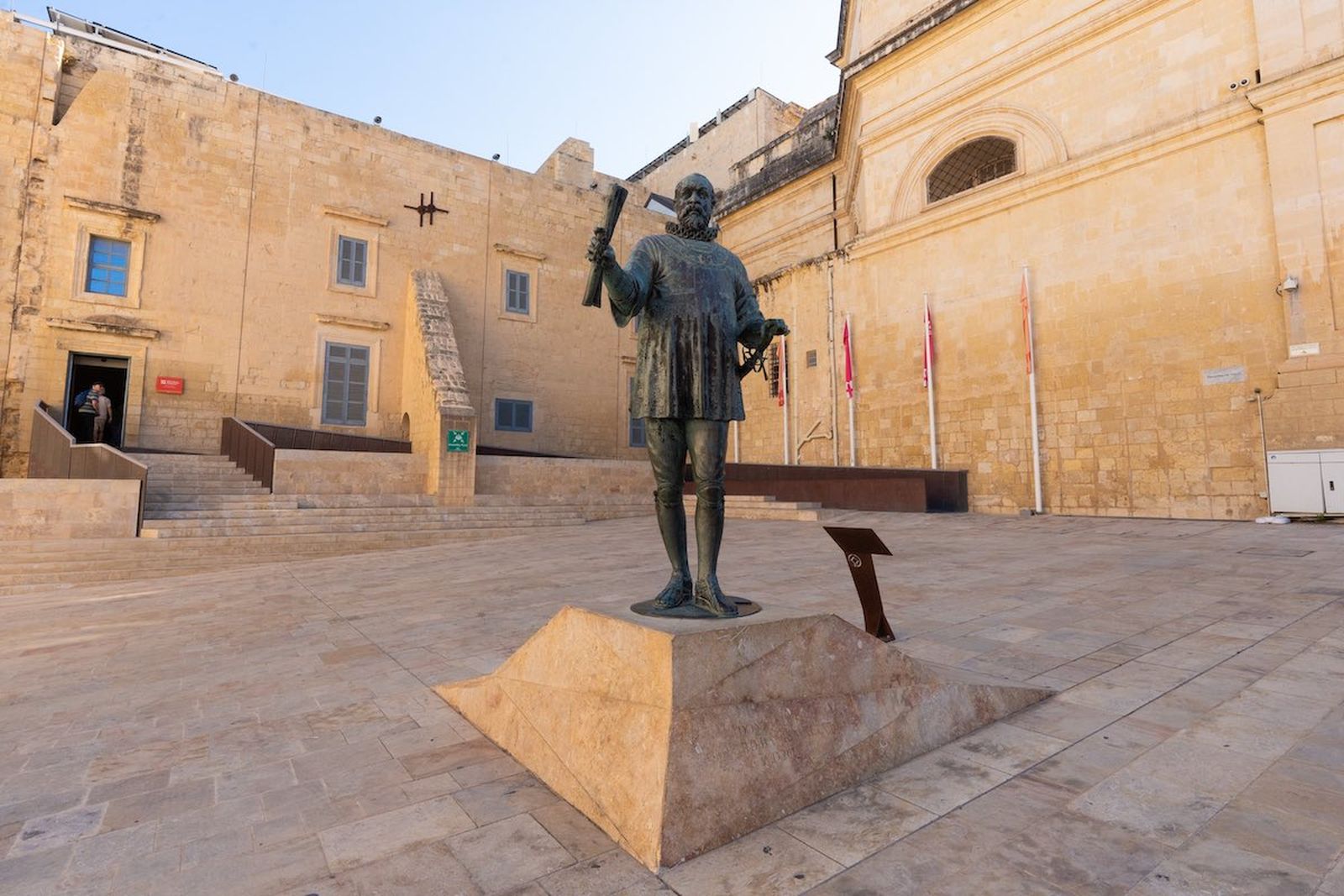
From Taylor Swift to Barbenheimer, the cultural trends that defined 2023
SOCIETY
The term “post-Covid” is a troublesome one — not least for those currently living with the disease or its long-term effects. But while experts still consider Covid-19 a pandemic, 2023 was the year the World Health Organization declared that it was no longer “a public health emergency of international concern.”
Much of the world responded to this restored sense of normalcy with a fit of revenge spending that bolstered struggling creative sectors (though the subsequent slowdown is already underway). This was largely good news for the art, fashion and culture worlds, which in a year defined by war and technological disruption responded in creative ways that both reflected and rebuked society’s most pressing challenges.
Here are some of the forces that, for better or worse, captured the zeitgeist in the past 12 months:
Who runs the world? Girls
Two of the cultural economy’s biggest drivers were tours by a pair of music’s most successful women: Beyoncé and Taylor Swift.
The latter’s “The Eras Tour,” which literally made the earth shake, became the first tour to gross over $1 billion. Such was demand for tickets that organizers of the Singapore leg, for instance, reported more than 22 million people registering for the pre-sale, while more than a million people waited in an online queue.
The global frenzy catapulted the 34-year-old further into mega-stardom, prompted a US Congress hearing into the lack of competition in the ticketing industry after Ticketmaster was unable to process orders and even changed the travel industry, with hotels experiencing surging demand and airlines adding extra seats around concert dates.
Beyoncé’s “Renaissance” tour, meanwhile, added more than $4.5 billion to the US economy, according to an analysis of concertgoers’ spending by research firm QuestionPro. An economist at Denmark’s Danske, meanwhile, blamed the star for contributing to Sweden’s inflation woes, after her decision to kick off the 56-show extravaganza Stockholm led to a surge in hotel and restaurant prices in the city.
‘Barbenheimer’ boosted the box office
Like Bey and Tay, Greta Gerwig’s “Barbie” unleashed the spending power of women, who made up an estimated two-thirds of the movie’s audience. The simultaneous release of Universal Pictures’ “Oppenheimer” meanwhile led to a major studio rivalry (or mutually beneficial publicity campaign) and a reawakening of America’s movie-going muscle.
The stark contrast between a cheeky feminist take on Barbie’s all-pink world and the harrowing story of the father of the atomic bomb inspired some of the year’s best memes, jokes and parodies, as well as the “Barbenheimer” challenge, which saw moviegoers attempt to watch the features in succession on a single day. The phenomenon turned both movies into viral sensations and created buzz that translated to more than $2.3 billion of global box office revenue, with “Barbie” becoming the highest grossing film in Warner Bros.’ 100-year history.
Fashion’s biggest conglomerates got bigger
Conglomerates control huge swathes of the fashion industry, and they continued to tighten their grip on the $1.6-trillion luxury market this year. According to March 2023 data from Savigny Luxury Index, a general market index measuring published by the wealth management group Savigny Partners, LVMH, Kering and Richemont own a combined 62% of the luxury fashion market.
This summer, Coach and Kate Spade’s parent company Tapestry merged with Versace and Michael Kors’ owner Capri in an $8.5 billion deal. Meanwhile LVMH, which owns Louis Vuitton, Givenchy, Christian Dior and Fendi, among many others, became the first European company to surpass $500 billion in market value in April.
At the other end of the market, the realities of running independent high-end fashion labels felt increasingly bleak, with self-funded designers facing fierce competition and young, industry-recognized talent find themselves unable to sustain their brands.
Art theft and restitution
With museums and collectors under ongoing pressure to return objects with questionable origins, high-profile art restitutions continued apace this year. New York’s Rubin Museum of Art and Metropolitan Museum of Art returned artifacts taken from a 11th century Nepalese monastery (pictured above) as well as from archeological sites in southeast Asia; the National Gallery of Australia and the family of the late American pipeline billionaire George Lindemann promised to send back looted objects to Cambodia; and the US announced that it will return 77 items to Yemen, to name just a few examples.
También te puede interesar




